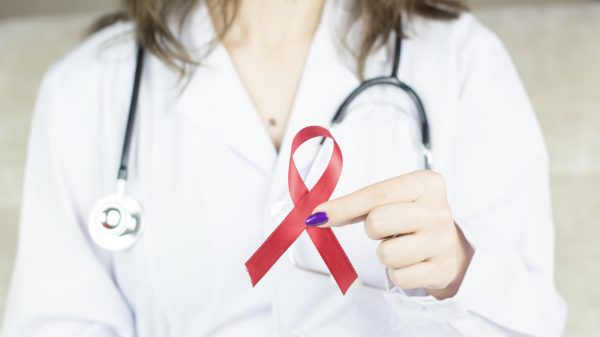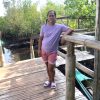Sixteen percent of young adults reported experiencing at least one type of sexual abuse online before the age of 18; but the figure is higher for transgender and gender fluid children, with 20% of them experiencing online childhood sexual abuse, almost as high as the 23% of girls who experience the same.
This is according to a study, published in the Journal of the American Medical Association Network Open, that sampled over 2600 young adults between the age of 18 and 28.
It found that 62% of the perpetrators of online sexual abuse were acquaintances from their offline life, with a majority of those being current or former intimate partners. Almost a third of the perpetrators were under age 18.
“The prevailing image of online sexual abuse is that it mostly involves stranger predators who stalk kids with technology,” said David Finkelhor, professor of sociology and director of the CCRC. “But the reality is very diverse. It can include people from their face-to-face life including boyfriends who non-consensually misuse sexual images; adults they know who through social media try to draw them into illegal relationships; and some youth who earn money by selling self-made sexual images online.”
The study counted a variety of these abuses including being groomed online by an adult, being the victim of revenge pornography, sextortion or nonconsensual sexting or engaging in online commercial sex.
Rates of online childhood sexual abuse were particularly high for girls (23%) and transgender or gender fluid children (20%). One-in-thirteen boys also reported exposure.
“It’s promising that many schools and organizations are eager to provide online safety information to children these days,” said Finkelhor. “But kids need more than just warnings about interacting with strangers or not giving out personal information. They need advice about how to judge the trustworthiness of friends and acquaintances and how to recognize and refuse inappropriate requests.”
Co-authors on this study include Heather Turner, professor of sociology and Deirdre Colburn, graduate student.





































































